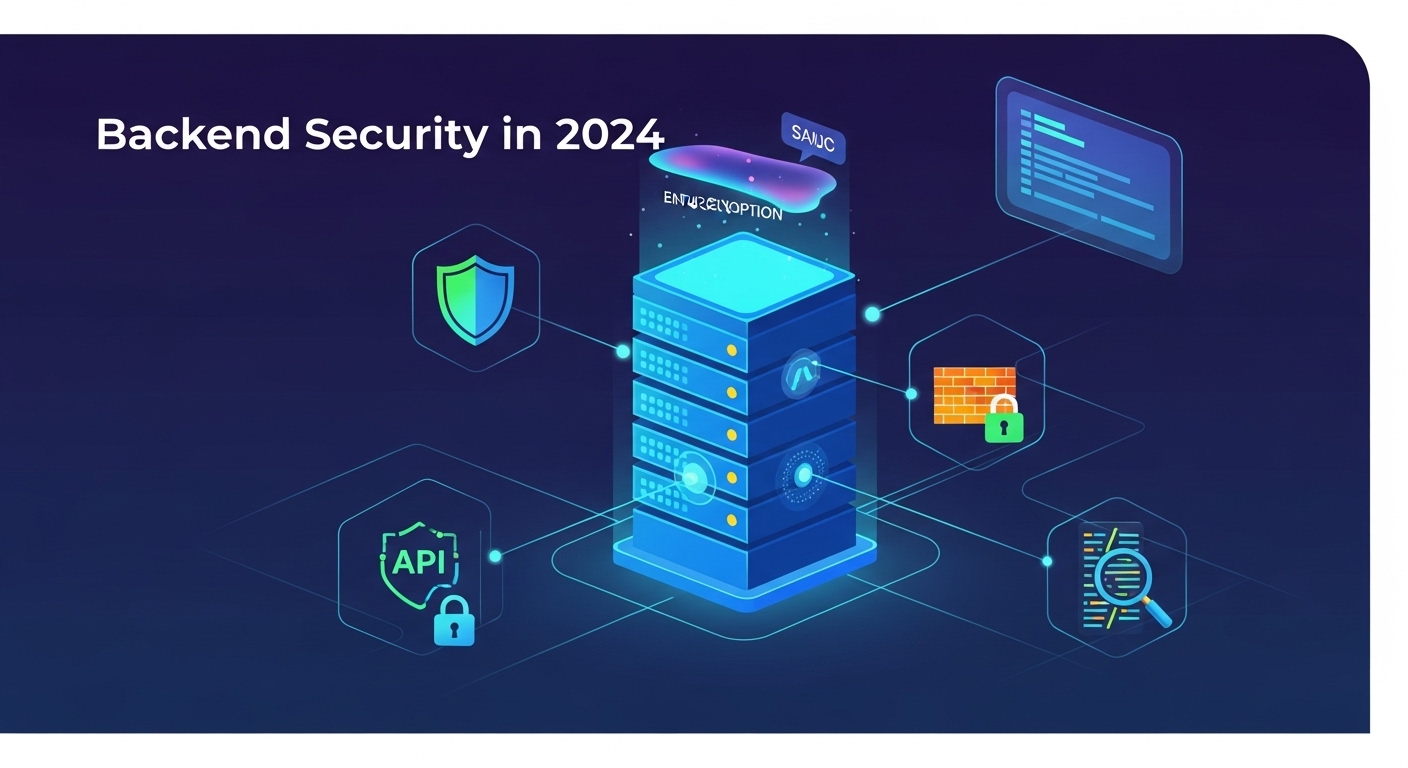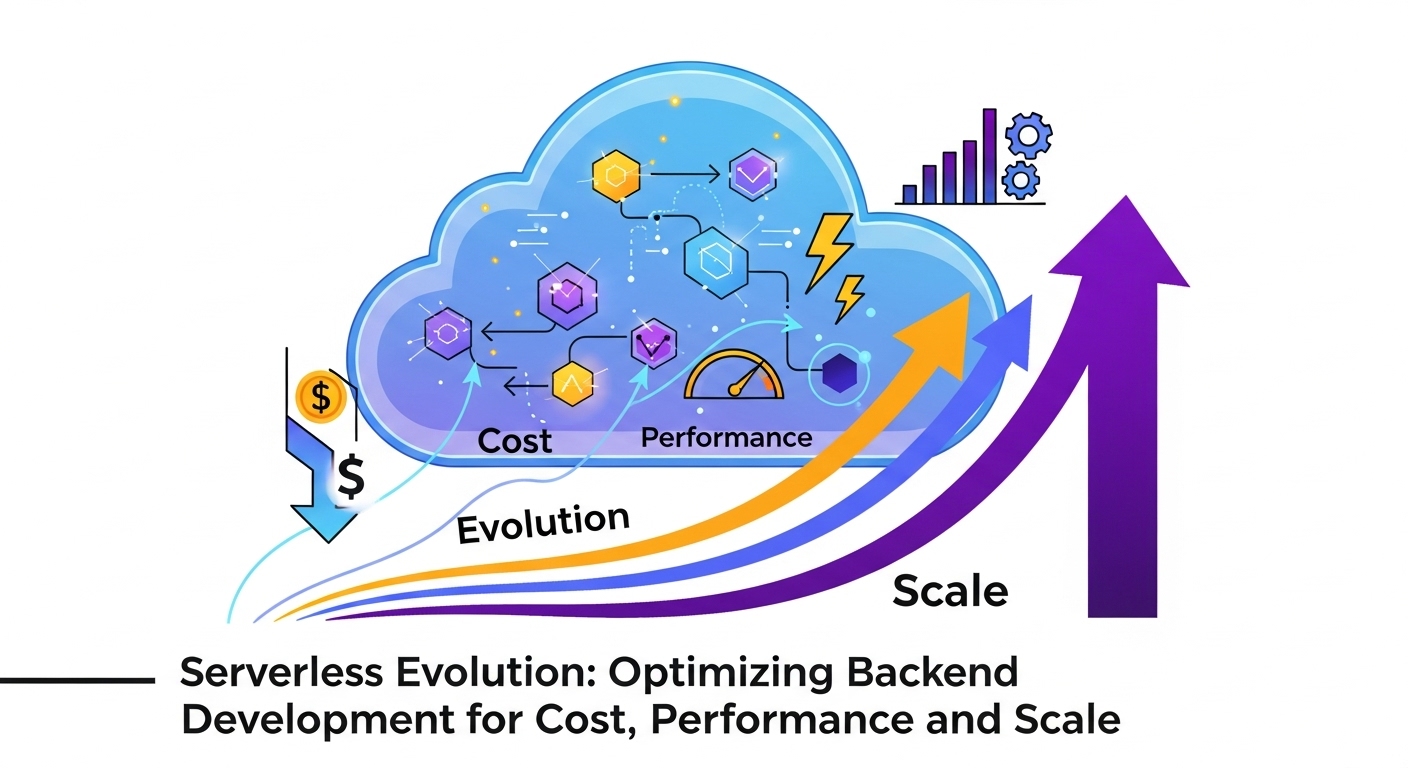The Siren Song of Microservices
In the world of backend development, few architectural patterns have generated as much buzz, debate, and excitement as microservices. It’s a term you hear in every tech conference, see in countless job descriptions, and read about in articles promising unparalleled scalability and agility. But beneath the surface-level hype lies a complex and nuanced approach that is far from a silver bullet. Moving from a traditional monolith to a microservices architecture is not just a technical shift; it’s a fundamental change in how you design, develop, deploy, and maintain software. This guide aims to take you beyond the buzz, providing a comprehensive look at what it truly means to master microservices for building robust and scalable backend systems.
We’ll dissect the core principles, weigh the significant advantages against the often-understated challenges, and explore the essential patterns you need to implement them successfully. Whether you’re a seasoned developer considering a migration or a newcomer trying to understand the landscape, this deep dive will equip you with the knowledge to make informed decisions.
What Exactly Is a Microservice Architecture?
Before we can master it, we must first define it. At its heart, a microservice architecture is an approach to developing a single application as a suite of small, independently deployable services. Each service runs in its own process and communicates with others, typically over a network using lightweight mechanisms like HTTP/REST APIs or asynchronous messaging queues.
Monolith vs. Microservices: A Tale of Two Architectures
To truly grasp the concept, it’s easiest to contrast it with its predecessor: the monolithic architecture. Imagine a large, single-tiered application where all the code for every function—user authentication, payment processing, product catalog, notifications—is in a single, unified codebase. This is a monolith.
- The Monolith: It’s a single, large, indivisible unit. To update one small part, you must redeploy the entire application. Scaling means running multiple instances of the whole application, even if only one small component is the bottleneck. A bug in one module can potentially bring down the entire system.
- The Microservices Approach: Now, imagine breaking that monolith apart. The user authentication becomes its own service. The payment processing is another. The product catalog is yet another. Each of these ‘micro’ services is built and deployed independently. They are loosely coupled, meaning a change in one service doesn’t require changes in others, as long as the communication contract (the API) remains the same.
The key principles guiding this architectural style are single responsibility (each service does one thing and does it well), independent deployment, and decentralized governance. This decentralization allows different teams to own different services, even using different technology stacks (a concept known as polyglot programming) if it’s the right tool for the job.
The Alluring Advantages: Why Go Micro?
The popularity of microservices isn’t without reason. When implemented correctly, this architecture offers substantial benefits that are critical for modern, large-scale applications.
Unmatched Scalability
This is often the primary driver for adopting microservices. In a monolith, if your user profile feature is getting hammered with traffic, you have to scale the entire application. With microservices, you can scale just the User Profile service. You can provision more resources specifically for the services that need them, leading to a much more efficient and cost-effective use of infrastructure.
Technological Freedom and Flexibility
Because services are independent, you aren’t locked into a single technology stack. Your Payment service might be best built with the security and robustness of Java, while a real-time notification service might be better suited for Node.js. This flexibility allows teams to choose the best tool for their specific problem, fostering innovation and improving developer productivity.
Enhanced Resilience and Fault Isolation
In a well-designed microservices architecture, the failure of one non-critical service doesn’t cascade and bring down the entire application. For instance, if the ‘Recommendations’ service fails on an e-commerce site, the user can still search for products, add them to the cart, and check out. This fault isolation creates a more resilient and reliable system for end-users.
Faster Development and Deployment Cycles
Smaller codebases are easier to understand, manage, and test. Small, autonomous teams can own the entire lifecycle of a service, from development to deployment and maintenance. This ownership, combined with independent deployability, dramatically speeds up release cycles. Teams can push updates to their services multiple times a day without coordinating a massive, risky ‘big bang’ release of a monolith.
Navigating the Challenges: The Not-So-Glamorous Side
Microservices are not a free lunch. The benefits come at the cost of significant complexity, and ignoring these challenges is a recipe for disaster.
The Specter of Distributed Complexity
You’ve traded the simplicity of a single application for the complexity of a distributed system. Now you have dozens, or even hundreds, of services that need to communicate reliably. This introduces a whole new class of problems:
- Network Latency: What was once a simple in-memory function call is now a network request. This adds latency and is inherently less reliable.
- Service Discovery: How does Service A find the network location of Service B when instances are constantly being created and destroyed?
- Configuration Management: How do you manage configuration for hundreds of services across different environments?
Distributed Data Dilemmas
Managing data is arguably the most difficult aspect of microservices. Each service should own its own database to maintain loose coupling. This means you can no longer perform a simple database join across tables that now live in different services’ databases. Transactions that span multiple services become incredibly complex to manage, often requiring patterns like the Saga pattern to ensure eventual consistency, which is a mind-bending shift from the ACID transactions developers are used to.
The Observability Labyrinth
When a request fails in a monolith, the stack trace usually points you to the problem. In a microservices architecture, a single user request might traverse five, ten, or even more services. If it fails, where did it fail? And why? To answer this, you need a robust observability platform that includes centralized logging, distributed tracing, and comprehensive metrics. Implementing and maintaining this is a significant engineering effort in its own right.
Core Pillars for a Successful Implementation
To overcome these challenges, you need to build on a foundation of established patterns and tools designed for distributed systems.
API Gateway: The Front Door
An API Gateway acts as a single entry point for all clients. It handles cross-cutting concerns like authentication, rate limiting, and SSL termination. Most importantly, it can route requests to the appropriate downstream services and even aggregate responses from multiple services into a single, cohesive response for the client. This simplifies the client code and provides a centralized place to enforce policies.
Service Discovery: Finding Your Way
Services need a way to find each other. A service registry (like Consul or Eureka) acts as a phonebook for your services. When a service instance starts up, it registers its location with the registry. When another service wants to communicate with it, it queries the registry to find a healthy, available instance.
Inter-Service Communication: To Sync or Not to Sync?
Choosing the right communication style is crucial. Synchronous communication (like REST or gRPC) is simple to understand but creates tight coupling; the caller must wait for a response. Asynchronous communication using message brokers (like RabbitMQ or Kafka) decouples services. The sender publishes a message to a queue, and one or more consumers process it later. This is excellent for resilience and scalability but adds complexity in tracking the flow of a request.
Conclusion: Your Next Steps in Backend Development
Microservices represent a powerful paradigm in modern backend development, offering the promise of scalability, resilience, and agility. However, they are not a universal solution. The journey from a monolith is fraught with the challenges of distributed computing—complexity, data consistency, and observability. Adopting this architecture is a strategic decision that should be based on your team’s size, your product’s complexity, and your specific scalability needs. Don’t chase the buzz; instead, understand the trade-offs. For many projects, a well-structured, modular monolith is a perfectly valid and often better starting point. As you grow, you can strategically break off pieces into microservices where it makes the most sense. True mastery lies not in using a specific architecture, but in understanding the principles behind it and choosing the right tool for the job to build exceptional backend systems.


